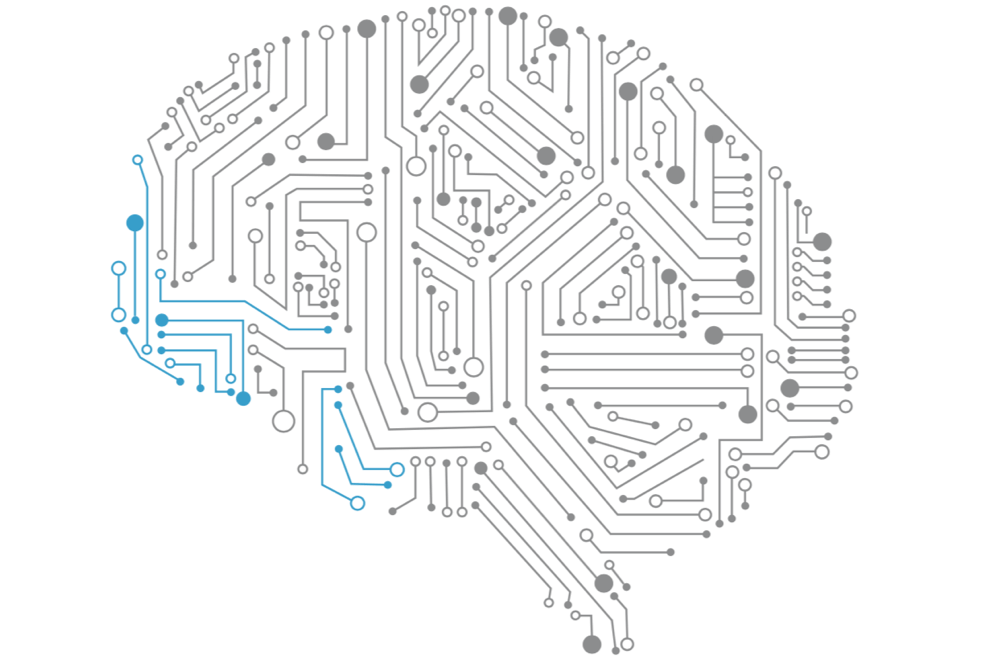A Basic Understanding Of AI Technology
With the term artificial intelligence being thrown around so frequently, many have developed an improper understanding of what it actually is. The situation is made significantly worse by popular culture, with multiple movies depicting AI systems in radically unrealistic, and misleading ways.
It probably need not be said, but believing that an AI system could possibly become sentient is a prime example of this misunderstanding. This possibility is so outrageous, and so completely out of touch with real AI, that it is nothing short of laughable.
But with this being said; how does AI actually work?
The Magic Of The Algorithm
Understanding AI requires first understanding that there are many different types of the technology. The systems used to automate a vehicle, for example, are very far removed from those that operate the house in online blackjack games for real money systems. But both have the same underlying principles useful at blackjackcanada.net.
At its root, an AI system runs off a set of pre-programmed instructions, or algorithms. Though, there may be many thousands of interlinked algorithms ticking off at once, working towards resolving, and arriving at a solution. But, importantly, the algorithms are able to alter as the system resolves, and even influence one another. This is what justifies the word ‘intelligence’ in artificial intelligence. Though, there is no decision making, only the ticking off of predetermined paths.
However, it must be made clear that the AI system can only operate within the parameters for which it has been designed. To put it another way; trying to separate an automated car AI from the car for which it is specifically designed would be the equivalent of taking a fish out of water, and dropping it on the moon.

Evolving AI
Much has been made of learning AIs, with some believing that this means an algorithm can grow more intelligent, or smarter. However, a learning AI is simply one that records data, and adjusts variable factors, simply by receiving a stream of input. To put it another way; the system does not so much grow smarter as internally adjust parameters, and refer to those parameters for future operations.
For example; an automated smart system may initially greet you with ‘Hello.’ But once you have inputted your name, the system will then greet you with ‘Hello (user name.) The system has now ‘learned’ your name, and can refer to that input.
If This, Then That
A good example of how an AI functions is the ‘if this, then that’ code. Although it is an oversimplification, an automated car may run the code; ‘if object is within X distance, then apply brakes.’ This would, of course, require multiple systems working in conjunction with one another, and is by no means an easy system to create. But it gives an idea of what AI really is, underneath the hype an misconceptions.
Though, how elaborate and advanced the systems can be is what makes AI fascinating. With enough creativity and ingenuity, there is no limit to what can be made possible. Within a set parameter.
